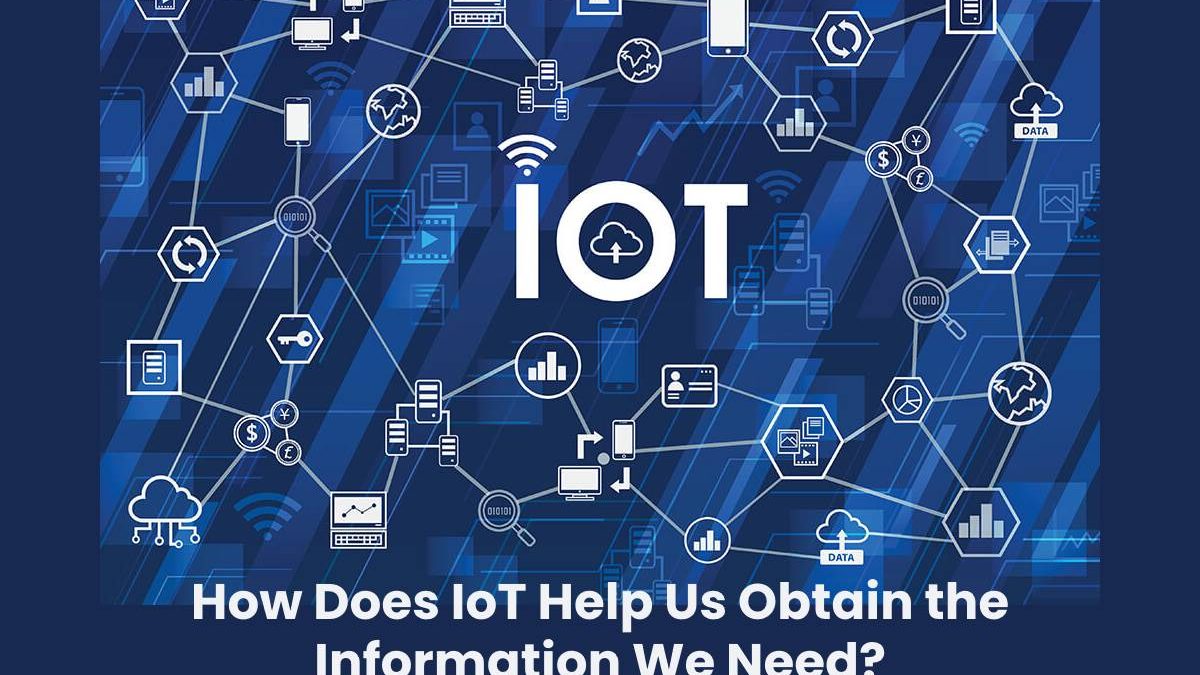Nowadays, many people use some kind of IoT (internet of Things) device. Whether it’s a smart watch or a voice assistant, we all have one or two gadgets around that are always connected to the Internet. These devices have made information available on-demand.
You want information about sport betting picks, for instance, just ask your IoT device and it will pull information from the most reliable betting guides. Pretty neat, huh? Whatever information you need, you can get it from an IoT device. But how do these devices obtain the information we need?
They have no user interface we can poke around with and we can’t really program them to do what we want them to do. People simply go with it and never question how IoT devices function. If any of you are wondering how these devices get the information, you’re about to find out.
Table of Contents
Sensory data
Most IoT devices we have around our households use sensors and monitors to “read” the environment. When you get a notification on your smartphone that someone is at your door, it’s because the IoT sensors picked them up.
They process information and send it to the cloud where the data is properly analyzed. Once that’s done, the information is sent back to the user so they can do with it what they please. Therefore, if you want to ignore the person at your door, you can simply pretend you’re not home.
The sensors used by IoT devices can monitor various things ranging from temperature, air quality, humidity and the condition of other smart devices and appliances in our homes. If something goes wrong, these sensors quickly process data to identify the problem and notify you.
A quick Google search
The best thing about IoT devices is that you can ask them about something and they’ll answer you right away. Devices like Alexa, Siri, Cortana and other imaginary ladies tend to respond quite fast when you ask them something. In most cases, they have quite the accurate information to provide you with.
So how do they do it? Simply put, they run a quick Google search. They do so much faster than you can. The fact of the matter is that Google and other search engines have begun prioritizing voice search optimization.
That being said, most websites today optimize their content for voice search so that they can be closer to mobile users and customers. IoT devices scan voice-optimized searches for the most relevant results to your queries and provide that information back to you.
Artificial Intelligence (AI)
Most IoT devices today leverage AI or at least some of the AI’s capabilities like machine learning and natural language processing. And no, this does not make them sentient, it just helps them understand the context behind your queries. It also helps them appear more human-like when conversing with you.
They can even crack a joke from time to time. This is especially true for voice assistant devices. Therefore, don’t get surprised if you ask your device for a specific recipe and it responds with: “Do you even know how to cook?”. That’s just AI trying to act smart and all so don’t worry, you’ll get your recipe either way.
Closing Words
IoT devices are quite useful, there’s no point in denying that fact. Since these devices are continuously connected to the Internet, they will always supply you with the information you need. They can also communicate with each other and create a unique environment we now call smart homes.

